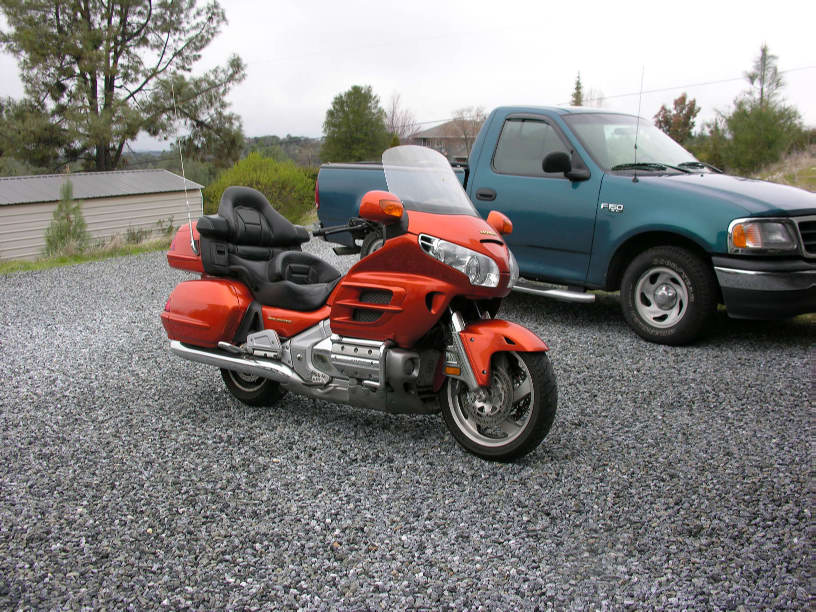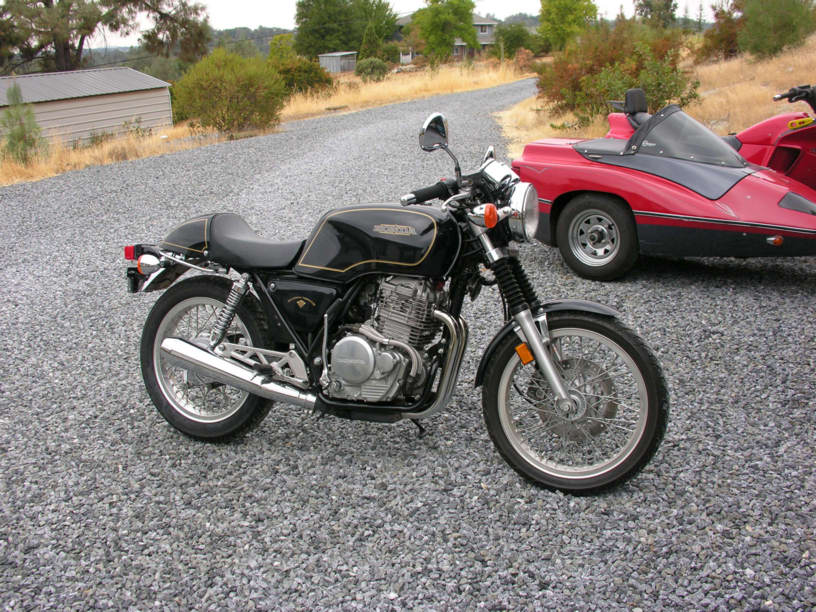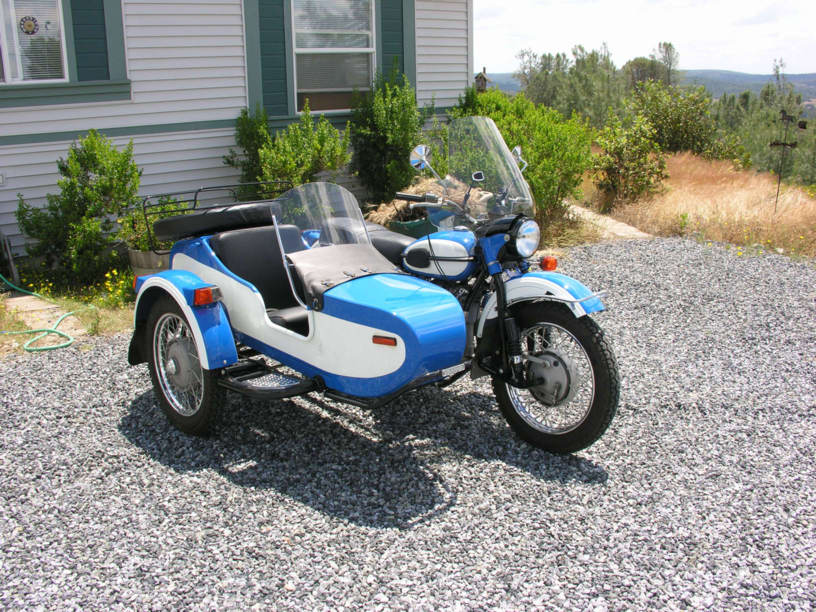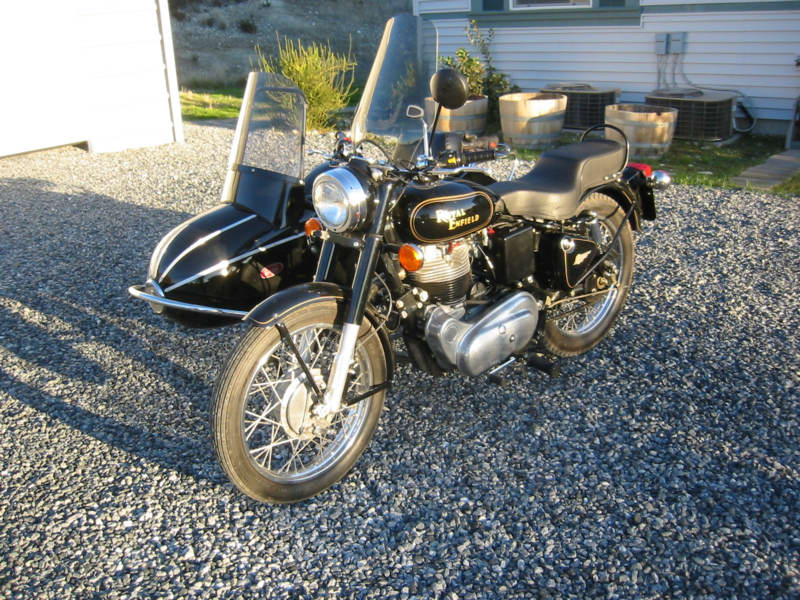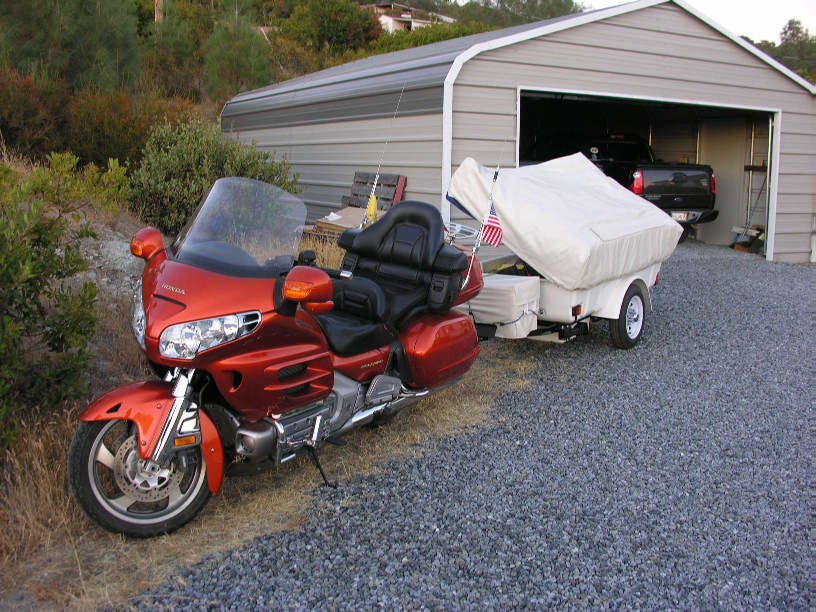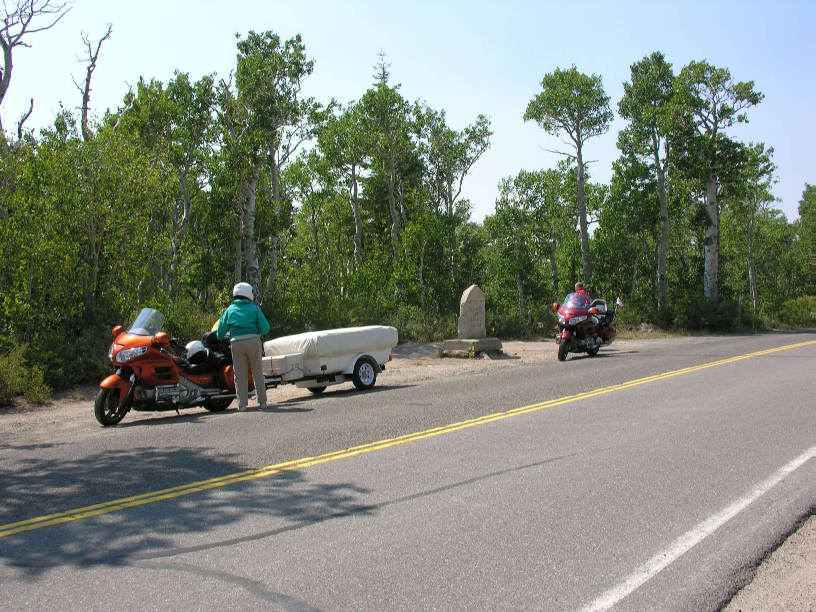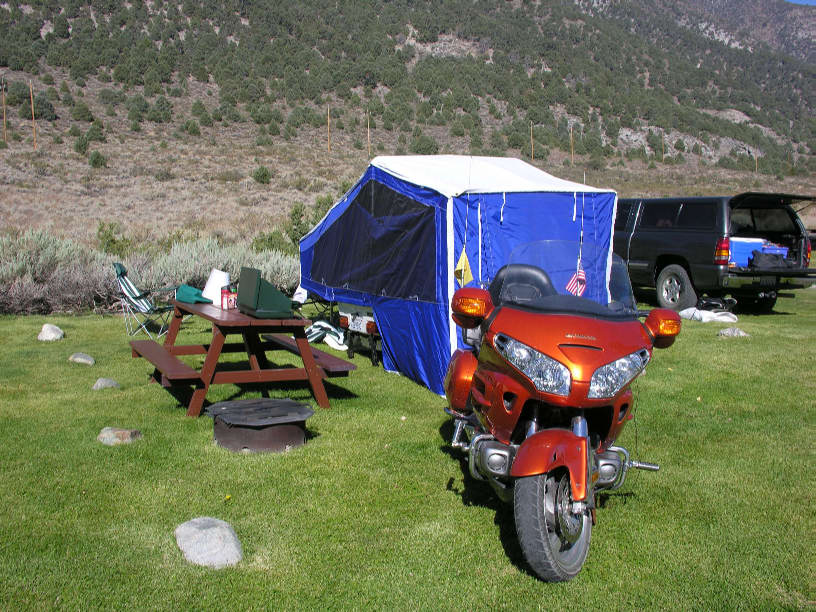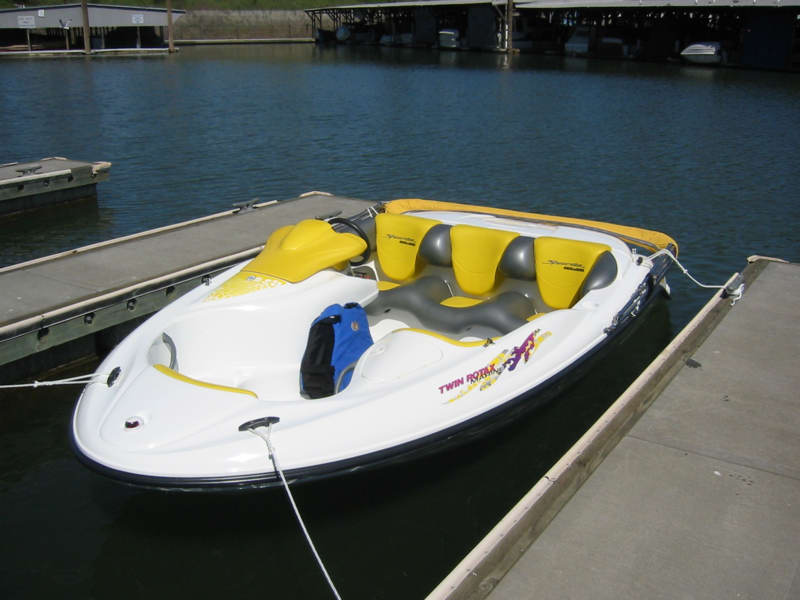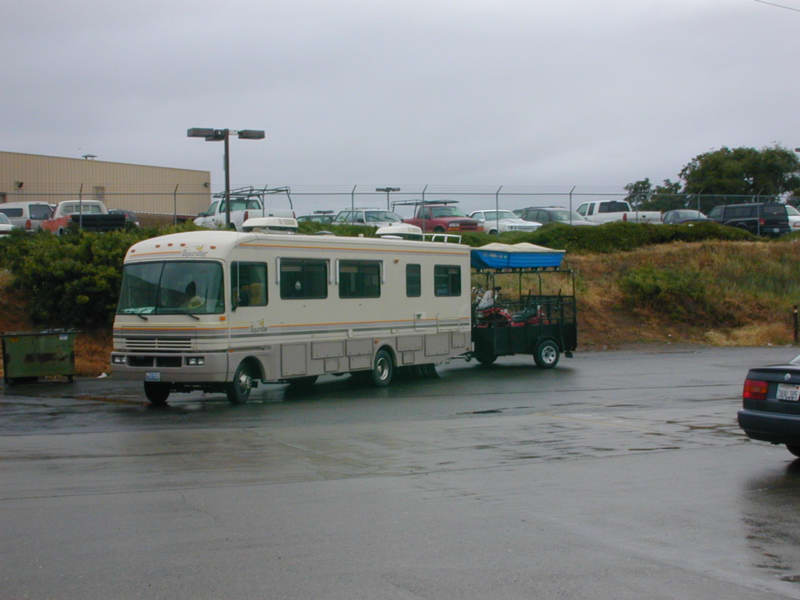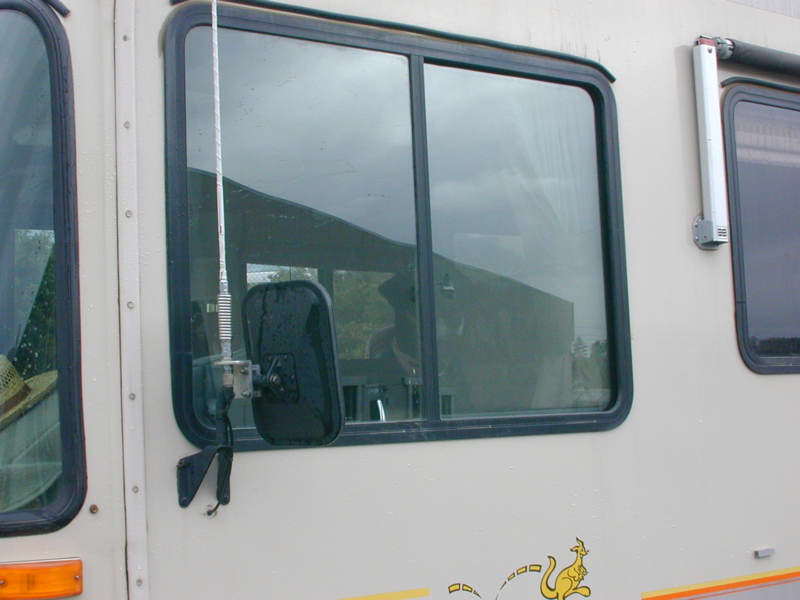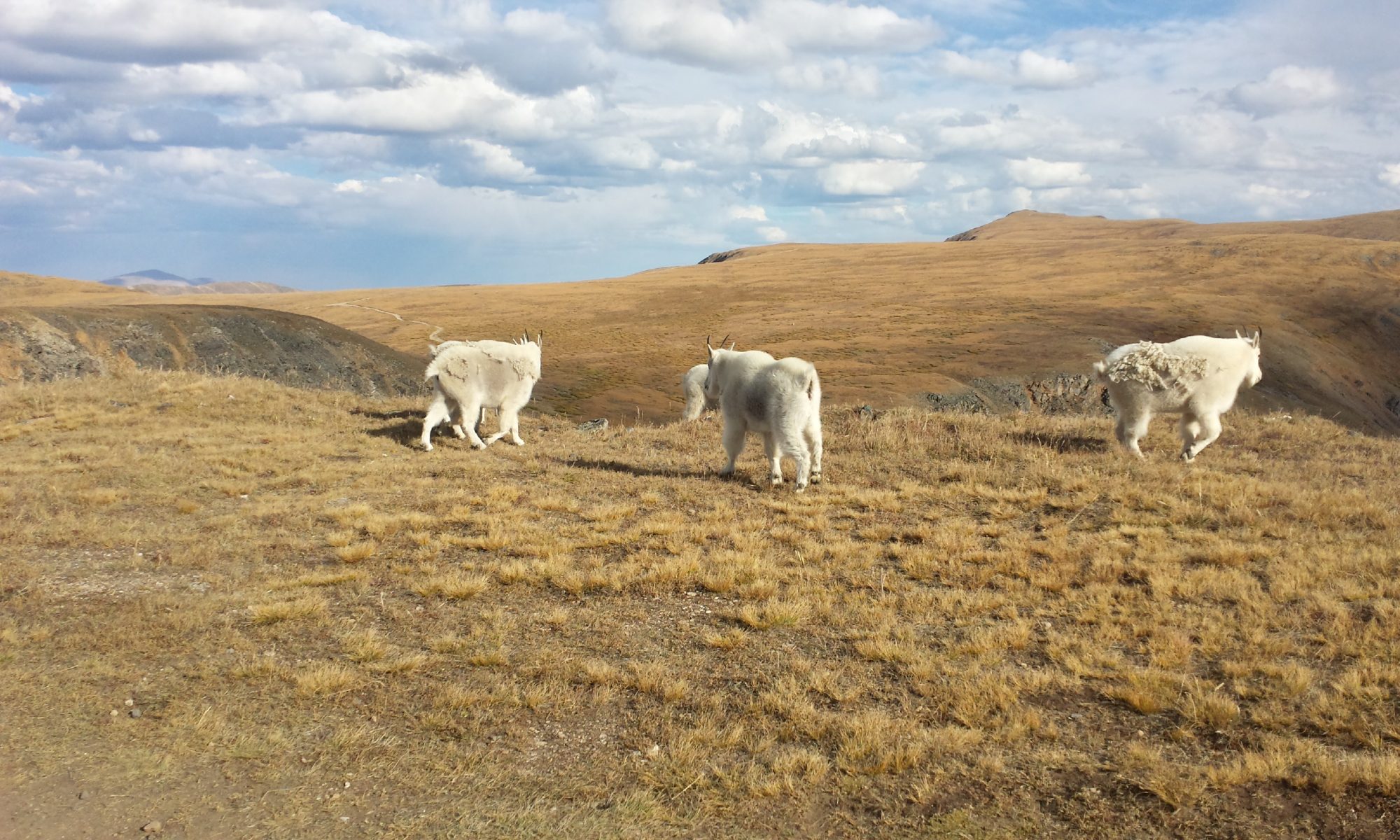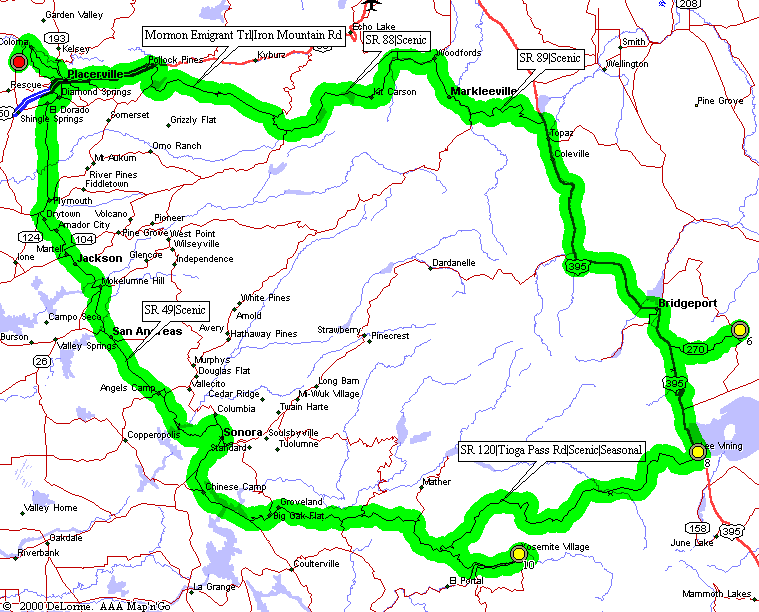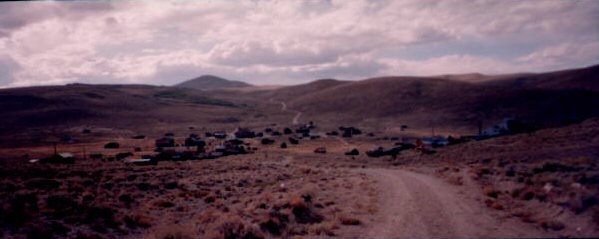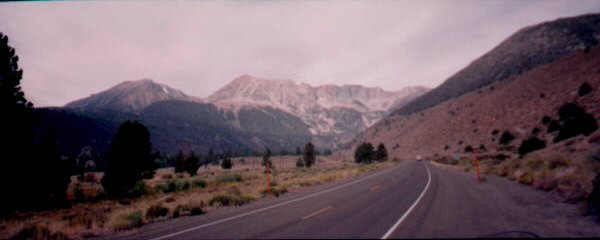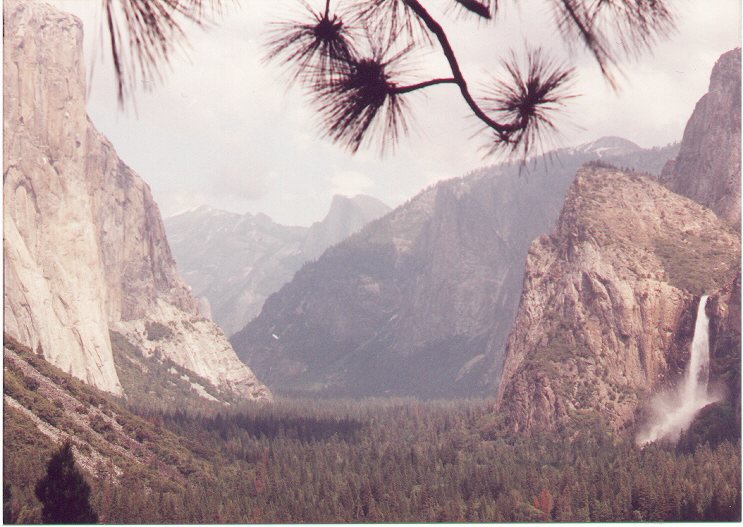Editor’s note: I am preserving Leland Sheppard’s PC800-related content after his passing. This is one of his pages that I felt the PC800 community would want to have preserved. Leland may be on his final Iron Butt ride but he is not forgotten.
Work History
Based on what I knew at the time (June 1965), I wanted to become a computer programmer. What I knew was that I could spell both words. I was working at a filling station in Mountain View, California, going to school at night, when an engineer who worked for Lockheed who was a customer suggested that I might be interested in the computer field. He knew I liked machinery and mathematics which is what prompted him to make the suggestion. He was of Japanese descent, a member of the Palo Alto Co-op and I wish I could remember his name and/or find him. I owe him my career.
Since I did not then (and do not now) have a four year degree, I could not enter the field of computer programming directly. The back door I chose got me started as a check sorter operator (on an IBM 1419) at Wells Fargo Bank in San Francisco, California on January 3, 1966 at midnight. Yes, the graveyard shift. Since I’ve always been a nightowl anyway, this did not strike me as a problem. Besides, there was no traffic and no parking problem at that time of night in downtown San Francisco…
I started. I worked hard. I had fun. After three months, I was nearly top operator. I say nearly because no one ever topped Ken Parillo. Ken sorted over 16,000 checks per hour and was, as I recall, the only one to ever do that. Top operator was determined by who had the highest average number of checks sorted per hour. The advantage of being top operator, besides bragging rights, was that he or she got the first crack at moving to the computer room and becoming a computer operator. Three months after that, I made it to the computer room.
I was operating IBM 1400 series computers, mainly 1401s with an occasional 1460 thrown in. A few months after that, word came down that an IBM 360 mainframe was coming in. I asked for manuals so I could learn something about the new machine and, because of that simple request on my part, when the new machines arrived, I was given the job of operating them.
I started. I worked hard. I had fun. After a couple of months, Wells Fargo tried to convert their Demand Deposit Accounting (DDA – checking accounts) system from the IBM 1410 to the IBM 360. They had problems. Jobs would abort, I would call the lead programmer, Leo McCann, and wake the poor guy up after he’d been asleep for only a couple of hours with, “Sorry, Leo, but we’ve got another abend.” Leo was very understanding and had an amazing amount of energy. Leo taught me how to read core dumps and taught me machine language. “Look for a 47F0…” Thus I learned machine language before I learned Assembler Language.
After about a year of running the bank’s work on IBM 360s (first a 50 and later a 65), I transferred to day shift and became responsible for the newly formed technical support group. Our function was to do Sysgens, debug software problems (first level at least) and assist with installation of systems type software from the technical programming group at Wells.
This was prior to the government-dictated IBM unbundling of 1969. Wells Fargo had lots of IBM people that lived on the premises. Thus an IBM SE, Marshall Gordon, taught me how to do Sysgens. An IBM FE, Don Texeira, taught me more about dump reading and debugging. I took a PE course, finally, on Assembler Language. I also attended every IBM class I could get on operating system Concepts and Facilities, internals, etc.
After a disagreement with my boss, I left Wells Fargo. The IBM account rep at Crocker Bank called me and asked if I was interested in talking to Crocker, that they needed a Computer Operations manager. I said sure.
I started. I worked hard. I had some fun. Not as much as before but some. I brought a number of people to Crocker from Wells. Developed their operating staff. My first boss, Neils Anderson, and I got along fine. Shortly, Neils left for greener pastures. His replacement was Charley Chappas. Charley and I didn’t get along as well. Charley asked me if I wanted to transfer to Systems Programming. I said sure.
I started. I worked hard. I had fun. But, boy, was I in to my ears. Crocker had developed their own programming language ADLIBS (A Dynamic Language for Integrated Business Systems). It consisted of nothing but Assembler Language macros. I spent the first month just trying to get my feet on the ground with the environment.
Then the bottom dropped out. Crocker Bank disbanded their Systems Programming department. Entirely. Not one person left, as I recall.
But, by that time, I was a Systems Programmer. I had only a month’s experience, mind you, but I was a Systems Programmer. I walked across the street (almost literally) to ADPAC Corporation and hired on as a programmer. ADPAC had developed a programming language by that name (it was RPG-like as I recall) and many of the other systems programmers from Crocker had come over there.
I started. I worked hard. I had fun. But after about three months, I was told I was being let go for performance reasons. I didn’t believe that and insisted on seeing the head of the company. The head of the company told me that I was being let go because the company was in financial trouble but that I could not reveal that publicly. I said fine, as long as you don’t say I was let go for performance reasons. He agreed. In the end, 117 out of 120 people were laid off; I was just the first. And it was not because of my performance…
It was January of 1970 at this point. The job market was terrible. Phil Martinelli, the current head of Computer Operations at Crocker said the bank needed something to control printing of reports for the bank. He asked if I could develop something. I said I could. I had never written a real Assembler Language program.
I contacted Greyhound Computer Corporation to find out about renting time on a 360 mainframe. They said that Allstate Insurance Company had a research center (JBRC) in Menlo Park, California which was about 20 miles from where I lived in Sunnyvale. They said that Allstate only used their machine (an IBM 360/50) for 12 hours a day and that from 8PM to 8AM it, and the whole computer room, was available.
He knew I had no money, that I was hoping to sell the product to Crocker, that there were no guarantees. He also knew that Allstate had a machine that was standing idle and that, at least, there was a chance that I could make good. He convinced his folks at Greyhound to give me the opportunity in spite of the fact that the money for the rental time would arrive, at the earliest, after my project was complete.
I started. I worked really hard. I had a tremendous amount of fun. For three months, I furiously coded and tested my “General Purpose Spool Utility”, a multitasking, print line restartable, highly user configurable, print spooling system. I coded at home during as much of the day as I could stay awake for and at the keypunch machine at Allstate the rest of the time. It was me and the security guard in the building. I had a 360/50 (or was it a 370/155?), DASD, 1403N1 printer, 2540 Reader/Punch, keypunch machines and a rented 2311 disk pack with my life on it. At 8AM, I would blearily say good morning to the Allstate operators and head home for a few hours of shuteye and a bunch more coding.
Finally, it was done. I went to Crocker and demonstrated the system. It worked and they liked it. They bought it. After hassling with the legal department for a couple of weeks (or was it a month?) to get the license straightened out, we had an agreement. A couple of weeks after that I had a check for $10,000. After I arrived at home, there was a knock on the door. When I opened it, the Greyhound rep was standing there with a bottle of champagne in one hand and the other hand extended to receive something. I put a check for $5,000 in that hand, invited him in and we celebrated.
I wish I could remember the Greyhound rep’s name. I’m surprised I don’t. I owe him a huge thank you. I thanked him then but would still like to say it again.
The former IBM rep for Crocker and an associate had started their own company. For the next several months, they tried to market my print spooling program in the San Francisco Bay Area. At one point, we made a presentation to EDS in San Francisco. They turned us down because they had something called HASP. I had never heard of it and little did I know…
With no further sales of the program on the horizon, I decided it was time to go back to work. Since I already knew the people there, I talked to the folks at the Allstate Insurance Company research center where I had rented my computer time.
I started. I worked hard. I had fun. Allstate hired me as Systems Programming and Computer Operations Manager. I managed an operator and a half and two programmers. I was the systems staff and did all Sysgens, debugging, etc. I also wrote an SMF reporting system and a large bunch of Assembler programs during the 2 and 1/2 years I was at JBRC.
In May of 1973, I was recruited by EDS to go to work for them as a Systems Programmer in their San Francisco data center at 1 Beach Street.
I started. I worked hard. I had a lot of fun. I was there for 4 and 1/2 years. I debugged a lot of problems, wrote a ton of Assembler code, mostly SVCs, utilities and exits. I applied a lot of maintenance to the MVT 21.7 system they were running during most of that period. That was pre-SMP time and everything had to be figured out and done by hand. It took me several months of work to get one QSAM PTF applied…
In 1975, while still at EDS, I attended a presentation at SLAC (Stanford Linear Accelerator Center) in Palo Alto. It was a meeting of the Homebrew Computer Club. The presentation was being given by a little company called MITS introducing their Altair 8800 computer. Also at that presentation, talking about his BASIC interpreter which was available on paper tape, was a skinny, gangly young kid with red hair and glasses. His name was Bill Gates.
In April of 1976, I bought a desktop computer made by Tektronix, Inc. It had a screen that was 10 inches wide by 8 inches tall. That screen had a resolution of 1024 x 768. Data was stored on a 3M 1/2 inch cartridge tape (DC300A). The machine had a Motorola 6800 processor and 24K of user memory (32K was devoted to the system ROMs which contained a BASIC interpreter and all necessary code to run the machine and its peripherals). I started developing software to do analysis of stocks. I had plans of hooking into the NYSE and trying to make stock buy and sell decisions based on the 15 minute delayed ticker data that was available.
In November of 1977, I left EDS to start my own business. I was sure, at that point, that small computers would be the wave of the future and I wanted to be in on the wave. My software business was dedicated to developing packaged software to run on the Tektronix 4051, 4052 and 4054 computers and to do custom software and consulting for the same machines.
I started. I worked hard, oh god, did I work hard. I had a ton of fun. I had, and to the best of my knowledge still have, the only microcomputer-based project management system that would produce a Time-Scaled PERT Chart. Not a Gantt chart but a true PERT Chart. My customers included IBM, American Enka (a textile firm), International Paper Company, etc. In 1980, I reached an agreement with Tektronix to have them market my project management software, called MicroPERT, for me. Life was good.
In mid 1981 the bubble burst. The IBM PC was introduced and based on its early success, Tektronix decided to get out of the desktop computer business altogether. With that decision went my marketing agreement.
From 1981 to 1986 I worked on converting my software and my business to the IBM PC world. I had to reduce my prices by about 90% to compete. At one point, Lotus was interested in MicroPERT. At least the engineering division was. Then the business and engineering divisions were merged. The business division was not inerested. I managed to find no takers. So…
In 1986, I went back to work for EDS. I commuted weekly between Redding, California and Denver, Colorado. I was working on a project that involved both PCs and mainframes, Assembler and C and more. That project was shelved a few months later and I transferred back to what was left at 1 Beach Street in San Francisco; by that time EDS’ data center had moved to Sacramento. For the next six months or so, I worked on converting Honeywell COBOL programs to IBM COBOL to run under CICS. I then worked on several different projects, some mainframe, some PC, some DEC Vax before parting ways with EDS at the beginning of 1989.
I heard that a local bank was looking to transfer their data processing operation from Daly City, California to Sacramento, California. I was interested. I applied. I was hired, partly because a man I knew at EDS back in the 1970s was there. He told the man responsible for hiring while pointing at my resume, “Hire him. If he doesn’t work out, I’ll quit.” Based partly on that display of friendship and confidence in me, I was hired. I know that man’s name and if I ever hit the lottery, Deroyce Holmon will retire with me, if he wants to.
I started work for First Nationwide Bank (later California Federal Bank) on a contract basis in October 1989. In January of 1990, I was converted to a full-time employee and relocated with the rest of the folks to the Sacramento area in July of 1990. I was with Cal Fed from then until the end of 2002. I was a Senior Systems Programmer. I installed operating systems, OEM software products, did assembler coding, software debugging and troubleshooting, installed vendor maintenance, and performed other tasks as called for. My last project for the bank involved designing and developing an application that used four languages: ALC, REXX, HTML and JavaScript. With the sale of Cal Fed to Citibank, my services were no longer required and I was laid off. I never finished the four language project.
After I was given notice that I would be laid off, I contacted the man who originally hired me at Cal Fed. I started work for his group on the 7th of January 2003 as a Senior (boy, I’ll say) Systems Programmer at Bank of America in Concord. I commuted (by motorcycle) from my home in Placerville to Concord (a distance of 116 miles) three days a week; I telecommuted from home the other two days. That continued until May of 2006 at which point I begain telecommuting full time after the bank changed their policies regarding telecommuting (it was all or nothing…). I telecommuted full time from May of 2006 until I was laid off in January of 2007. These layoffs are becoming a pain…
What can I do for you?
1. Design, code and test assembler language programs. Batch programs, SVCs, exits, subroutines, etc.
2. Debug, modify and maintain existing assembler language programs.
3. Got an SVC dump you can’t decipher? I probably can.
4. Got an operating system to install? Upgrade or maintain? Troubleshoot? I can probably do that too.
5. Got a program product from an ISV to install? Upgrade or maintain? Troubleshoot? I can deal with most of those as well.
What do you need in order to obtain my services?
1. Money in your budget to pay me for my time. If you are the client, I ask $100 per hour with a 2.5 hour minimum unless it’s in the middle of the night in which case it’s a 5.0 hour minimum. Payable monthly at least; preferably semi-monthly.
2. A dial up line or internet connection so I can access your data center from my PC at home.
3. A discussion with your security folks to get them to set up IDs and passwords and dataset rules to give me access to whatever you need me to get at.
4. Agreements with your software vendors that will allow me to access their support people and/or online troubleshooting facilities.
5. A way to get in touch with me:
My home phone: 530 621-2451 – please leave a message
My email: leland@lcsheppard.net – ditto
6. A description of what it is that you need me to do.
7. How much time you are allotting me in which to do it.
And that’s it!
I look forward to hearing from you. Thank you for reading this.
Leland C. (formerly Chuck) Sheppard
If you want to see a “standard” resume, use this link: Leland Sheppard Resume
Notes:
1 – AKA Chuck Sheppard to the people I’ve worked with for the past nearly 41 years.
2 – Ancient Mainframe Systems Programmer
3 – Ancient Assembler Language Programmer
4 – Ancient Core Dump Reader
5 – Ancient Software Debugger
6 – A Real Dinosaur (move over T-Rex!)
